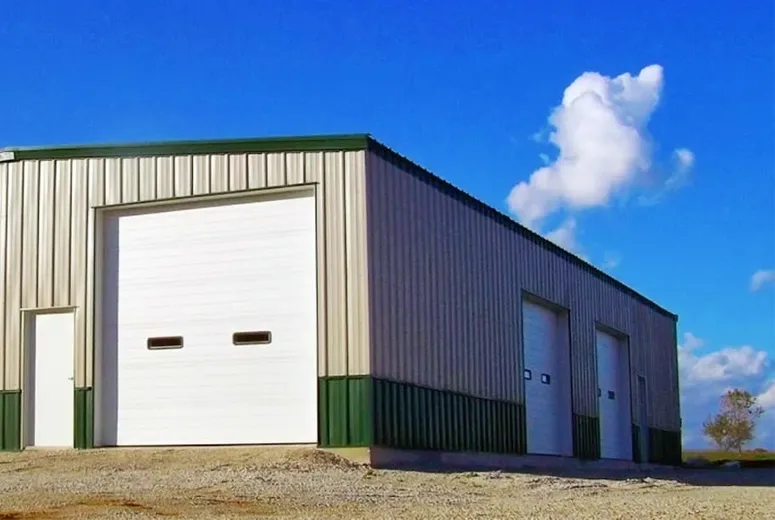- Afrikaans
- Albanian
- Amharic
- Arabic
- Armenian
- Azerbaijani
- Basque
- Belarusian
- Bengali
- Bosnian
- Bulgarian
- Catalan
- Cebuano
- Corsican
- Croatian
- Czech
- Danish
- Dutch
- English
- Esperanto
- Estonian
- Finnish
- French
- Frisian
- Galician
- Georgian
- German
- Greek
- Gujarati
- Haitian Creole
- hausa
- hawaiian
- Hebrew
- Hindi
- Miao
- Hungarian
- Icelandic
- igbo
- Indonesian
- irish
- Italian
- Japanese
- Javanese
- Kannada
- kazakh
- Khmer
- Rwandese
- Korean
- Kurdish
- Kyrgyz
- Lao
- Latin
- Latvian
- Lithuanian
- Luxembourgish
- Macedonian
- Malgashi
- Malay
- Malayalam
- Maltese
- Maori
- Marathi
- Mongolian
- Myanmar
- Nepali
- Norwegian
- Norwegian
- Occitan
- Pashto
- Persian
- Polish
- Portuguese
- Punjabi
- Romanian
- Russian
- Samoan
- Scottish Gaelic
- Serbian
- Sesotho
- Shona
- Sindhi
- Sinhala
- Slovak
- Slovenian
- Somali
- Spanish
- Sundanese
- Swahili
- Swedish
- Tagalog
- Tajik
- Tamil
- Tatar
- Telugu
- Thai
- Turkish
- Turkmen
- Ukrainian
- Urdu
- Uighur
- Uzbek
- Vietnamese
- Welsh
- Bantu
- Yiddish
- Yoruba
- Zulu
Dec . 05, 2024 15:25 Back to list
Understanding Pre-Engineering Building Costs A Comprehensive Overview
Pre-engineered buildings (PEBs) have revolutionized the construction industry in recent years. These structures are designed to be manufactured off-site and then assembled quickly on location, greatly reducing construction times and costs. However, like any building project, understanding the costs involved in pre-engineered buildings is crucial for project planning and execution. In this article, we will explore the various factors that influence pre-engineered building costs and provide insights into budgeting for such projects.
The Components of Pre-Engineered Building Costs
1. Design and Engineering Costs The initial phase of any construction project begins with design. Pre-engineered buildings often rely on standard designs that optimize material use and reduce costs. However, customization may be necessary to meet specific client requirements. The complexity of the design will influence costs, with intricate designs generally leading to higher expenses.
2. Materials Cost The materials used in pre-engineered buildings are a significant component of the overall cost. Steel is the primary material, known for its durability and strength. The price of steel can fluctuate based on market conditions, which in turn affects project budgets. Additionally, other materials such as insulation, roofing systems, and finishing products will contribute to the total cost. It’s essential to source materials wisely and consider bulk purchasing strategies to manage expenses effectively.
3. Manufacturing Costs Since pre-engineered buildings are produced in factories, the manufacturing process plays a crucial role in the final cost. The efficiency of the manufacturing facility, labor costs, and the technology used in production can all influence pricing. Facilities that utilize automated processes may offer lower costs compared to those relying on manual labor.
4. Transportation Costs Once fabricated, pre-engineered building components must be transported to the construction site. The distance from the manufacturing facility to the site can add significant transport costs to the project budget. Additionally, specialized equipment for handling and transporting large components can further increase expenses.
5. Foundation and Site Preparation Although PEBs are designed for easy assembly, adequate site preparation and a solid foundation are vital to ensure the structure's stability and longevity. Costs associated with grading, excavation, and pouring a concrete foundation should be factored into the overall budget. The type of soil and local regulations can also impact preparation costs.
pre engineering building cost

6. Assembly Costs Once the components arrive at the site, skilled labor is needed for assembly. Labor costs can vary significantly based on the region and the complexity of the assembly process. Hiring experienced contractors may incur higher upfront costs but can save money in the long run through increased efficiency and reduced errors.
7. Permitting and Regulatory Costs Navigating building codes and obtaining necessary permits is another essential aspect of budgeting. Depending on the location, certain regulations and standards may increase costs. It’s crucial to allocate funds for these processes to avoid project delays and potential fines.
8. Additional Features and Customizations Many clients opt for additional features such as insulation, specialized finishes, or custom layouts, which can significantly impact costs. It’s essential to weigh the benefits of these enhancements against their costs when planning the budget.
Managing Pre-Engineering Building Costs
To effectively manage costs in pre-engineered building projects, thorough planning and research are vital. Here are some strategies to consider
- Compare Quotes Obtain multiple quotes from different manufacturers to ensure competitive pricing. - Consider Bulk Orders Ordering materials in bulk can lead to significant savings. - Invest in Quality Design A well-thought-out design can minimize waste and reduce overall material costs. - Utilize Technology Innovative construction technologies can enhance efficiency and lower labor costs.
In conclusion, understanding pre-engineered building costs involves considering multiple components from design to assembly. By being proactive in planning and budgeting, stakeholders can mitigate costs and ensure project success. Pre-engineered buildings represent an efficient and cost-effective solution for many construction needs, and with careful management, they can provide unparalleled value.
-
How Do Prefabricated Steel Structures Transform Modern Construction?
NewsJul.14,2025
-
How Do Prefabricated Metal Buildings Redefine Modern Construction?
NewsJul.14,2025
-
How Do Prefab Insulated Metal Buildings and Steel Structures Revolutionize Modern Construction?
NewsJul.14,2025
-
How Do Pre - Engineered Steel Structures Redefine Modern Construction?
NewsJul.14,2025
-
Advancing Modular Construction with Prefabricated Metal Structures
NewsJul.14,2025
-
Advancing Industrial Infrastructure with Prefabricated Steel Solutions
NewsJul.14,2025
Products categories
Our Latest News
We have a professional design team and an excellent production and construction team.












